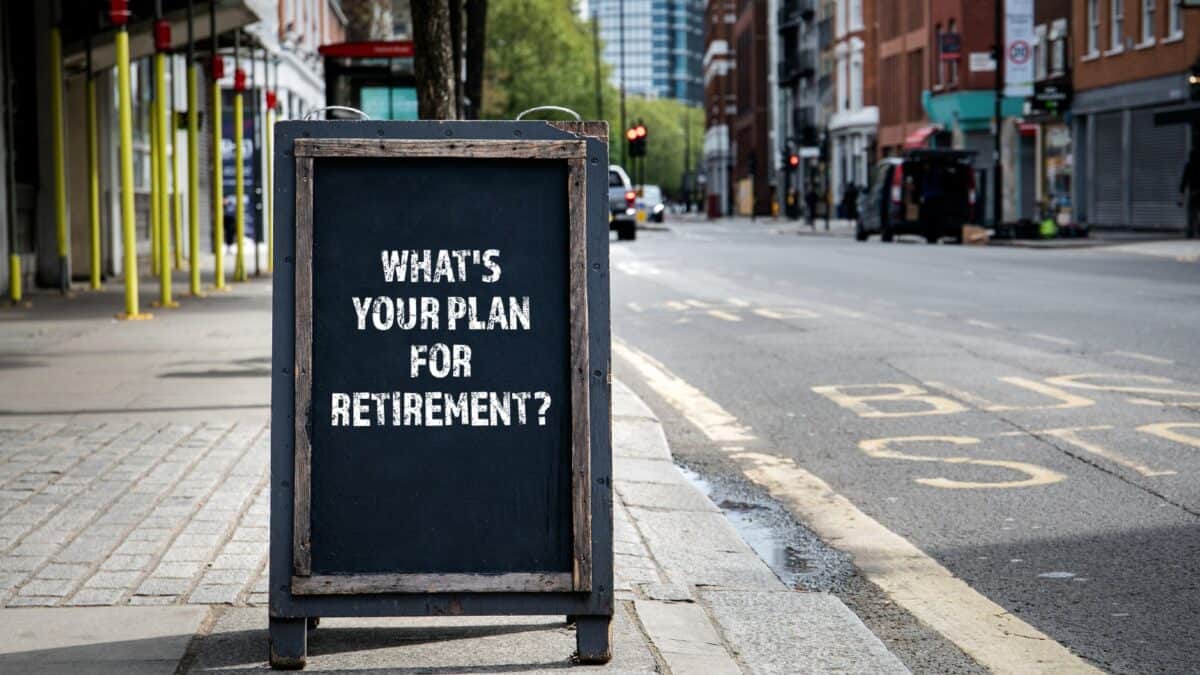I’m not going to sugarcoat it.
Building a lifelong passive income strategy is not easy. If you really want to retire comfortably you’ll have to put in the work — and the money — to make it happen.
Shortcuts and get-rich-quick schemes seldom work.
As the saying goes, ‘Money doesn’t grow on trees’. However, it can grow in a portfolio of high-yield dividend shares with compounding returns.
With that said, this is my three-step strategy to building a passive income stream to retire in style.
Step 1: Open a Stocks and Shares ISA
I don’t need a Stocks and Shares ISA to begin investing but it’ll certainly make my money go further.
See, with a Stocks and Shares ISA, I can invest up to £20,000 a year tax-free.
Depending on my returns, the ISA fees are likely to pale in comparison to the amount the tax break saves me. There are several options available for UK citizens to open a Stocks and Shares ISA and start investing today.
Please note that tax treatment depends on the individual circumstances of each client and may be subject to change in future. The content in this article is provided for information purposes only. It is not intended to be, neither does it constitute, any form of tax advice.
Step 2: Invest in a portfolio of high-yield dividend shares
So what shares should I put in my ISA?
While it might seem attractive, it’s usually best to avoid ‘flavour of the month’ shares like booming tech stocks. These might bring short-term gains but usually lack resilience and seldom pay dividends.
Well-established companies that pay high-yield dividends offer more consistent returns even when markets are stagnant.
A good example that has served me well is Vodafone Group (LSE:VOD). The 40-year-old telecoms firm pays a huge 10% dividend yield with consistent semi-annual payments over the past 10 years.
In its latest 2023 results, the company reported an impressive net profit margin of 23.59%, with earnings per share (EPS) at 39p. Even though the share price has fallen 48% in the past five years, the dividend yield still makes Vodafone attractive. With the price now the lowest it’s been since the 90s, analysts estimate Vodafone shares are trading at almost 70% below fair value.
It’s important I create a diversified portfolio of shares, so I’d add some companies with lower dividends but a more stable share price. I could also add some ETFs to offset unexpected market volatility.
Step 3: Reinvest dividends and contribute further
For the final step, it’s important to ensure I benefit from the magic of compound returns. Using a dividend reinvestment plan (DRIP), I would reinvest my dividends and maximise the value of my investment.
More importantly, I should continue to make some monthly contributions to my investment. Even just a few hundred pounds a month can make a real difference in the long term.
For example, a £10,000 portfolio with an average 5% dividend yield and 5% share price increase per year would grow to around £16,000 after 10 years.
The same investment with a DRIP and a £200 monthly contribution would net me almost £65,000 in the same period. In 30 years, it would be up to £580,000, paying me £26,770 a year in passive income.
In reality, dividend yields and share prices fluctuate regularly, so final amounts could differ vastly. However, these are conservative figures that an average investor like myself could typically expect to achieve.
This post was originally published on Motley Fool





